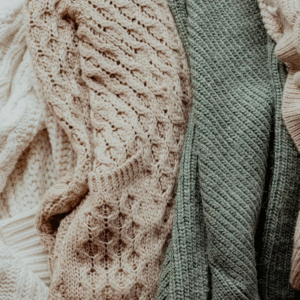
Microwaves are incredibly convenient for reheating and cooking, but not all foods fare well in this appliance. Here’s a guide to what you should avoid microwaving to ensure both safety and quality.
Foods with High Fat Content
Certain high-fat foods, such as bacon or sausages, may not cook evenly in the microwave. The fat can cause splattering, leading to a mess inside the microwave and unevenly cooked food. For these items, using a stovetop or oven is often better for achieving a crisp texture.
Eggs in Their Shell
Microwaving whole eggs, especially in their shell, can be dangerous. The steam generated inside the egg can cause it to explode, creating a mess and potentially damaging your microwave. It’s safer to cook eggs in a microwave-safe dish and to pierce the yolk to prevent explosions.
Processed Meats
Microwaving processed meats, such as hot dogs or deli meats, can lead to uneven heating and potential loss of nutritional value. These foods can also develop an undesirable texture when microwaved. It’s usually better to heat them using methods that ensure even cooking.
Leafy Greens
Leafy greens like spinach or lettuce can become wilted or soggy when microwaved. Additionally, some greens contain high levels of nitrates that can convert into potentially harmful substances when exposed to high temperatures. Opt for cooking these vegetables on the stovetop for better results.
Certain Fruits
Fruits with high water content, such as grapes or watermelon, can become overly soft or mushy when microwaved. Some fruits can even burst due to steam buildup. It’s generally better to enjoy these fruits fresh or use alternative cooking methods.
Frozen Foods with Breaded Coatings
Frozen foods like breaded chicken or fish tend to become soggy rather than crispy when microwaved. The microwave’s steam can affect the texture of the breading. For a crispy finish, use an oven or air fryer.
Foods in Plastic Containers
Avoid microwaving food in plastic containers not labeled as microwave-safe. Some plastics can release harmful chemicals when heated, which can leach into your food. Always use containers specifically marked as microwave-safe.
Conclusion
While the microwave is a versatile kitchen tool, knowing which foods to avoid can help you achieve better results and maintain food safety. For optimal taste and texture, consider alternative cooking methods for foods that don’t fare well in the microwave.





